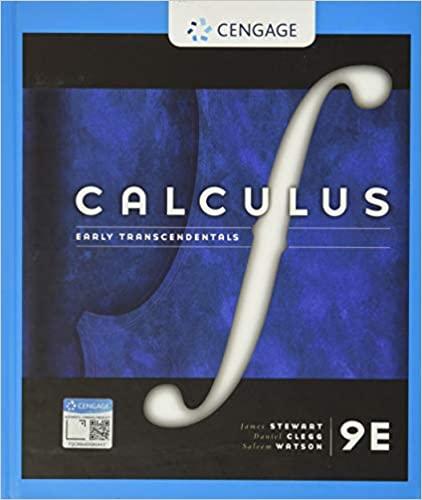Question
Q1. Parameter Design (50 points) Parameter design in system development and testing identifies the factors to determine whether a system meets requirements. The experimental test
Q1. Parameter Design (50 points) Parameter design in system development and testing identifies the factors to determine whether a system meets requirements. The experimental test is based on 4 factors, each with 3 levels, to determine the flight distance for an airplane prototype. If all combinations were tested then 34 = 81 experimental variants would have to be tested. Testing each variant 10 times each would result in 810 test trials. To reduce the number of tests while gaining desired information about the outcome, a fractional factorial experiment using an orthogonal array is used. In this case, a Taguchi L9 array is used to reduce the number of test variants to 9, so if 10 flights were recorded for each variant, a total of 90 test flights would be needed. The Taguchi method includes consideration for two categories of factors, controllable factors (inputs) and uncontrollable factors (noise). The method uses mean and variability in performance to analyzing the signal to noise ratio (S/N) - which in simple form is the mean to standard deviation ratio. Maximizing the S/N achieves a robust design. The experiment tests the distance flown and the distance variability based on 4 factors, weight, stabilizer configuration, nose distance, and wing angle. The requirement for this system is that it shall fly a distance of 30 feet within a variation of 5 feet. Use the data collected during the experiment to analyze the results. a) Calculate the mean and variance for each experiment. Do any of these designs satisfy the requirements for distance flown within the variation stated? (10 points) b) Calculate the S/N ratio for each experiment. Which of the tested airplane designs is the most robust? (10 points) c) Calculate the effects of each factor on flight distance. What levels of each factor would you use to maximize flight distance? (5 points) d) Calculate the effects of each factor on variation in flight distance. What levels of each factor would you use to minimize variation in flight distance? (5 points) e) Assume that the effects on the mean and variance can be added linearly. Which airplane designs, based on the calculated effects, would satisfy the requirements for distance flown within the variation stated? What levels of each factor would you use to further increase the S/N? (10 points) f) Discuss the variance results computed in part (a). What are some experimental conditions that may have contributed to the noise measured? If conducting a more rigorous qualification testing procedure, how would you implement it such that the effects of these conditions are minimized/eliminated? Would there be any sources of noise that would likely still be present? (10 points)
Step by Step Solution
There are 3 Steps involved in it
Step: 1

Get Instant Access to Expert-Tailored Solutions
See step-by-step solutions with expert insights and AI powered tools for academic success
Step: 2

Step: 3

Ace Your Homework with AI
Get the answers you need in no time with our AI-driven, step-by-step assistance
Get Started


